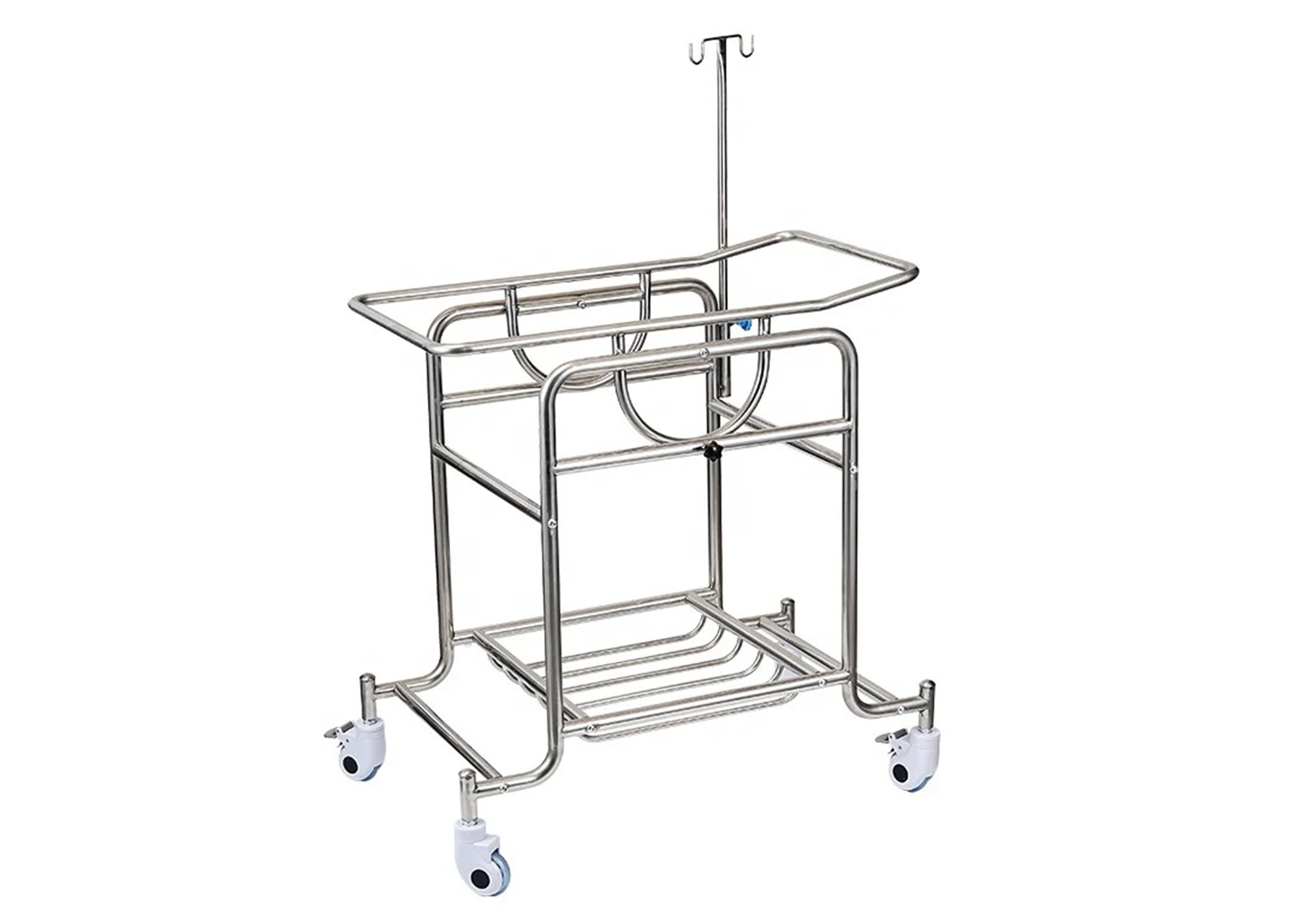Welcome to our websites!
Understanding Medical Crutches and Their Importance in Rehabilitation and Mobility Support
The Significance of Medical Crutches A Comprehensive Overview
Medical crutches have become a ubiquitous tool in modern healthcare, serving as an essential device for individuals who experience temporary or permanent mobility challenges. Often used by patients recovering from surgery, injuries, or conditions that impair walking, crutches provide crucial support and enhance the mobility of those who rely on them. This article explores the various aspects of medical crutches, including their types, usage, benefits, and the evolving technologies that continue to improve this vital assistive device.
Types of Crutches
Medical crutches come in various designs, each catering to specific needs and circumstances. The most common types include
1. Underarm Crutches Also known as axillary crutches, these are the traditional crutch type that fits under the armpit and is often used for long-term recovery. They provide substantial support and are adjustable for height.
2. Forearm Crutches Also referred to as elbow crutches, these require the user to place their forearms into a cuff, allowing them to use their hands for better mobility. They are preferable for individuals needing assistance over a more extended period but can maintain a degree of independence.
3. Platform Crutches Featuring a platform for the user’s forearm and a supportive brace, these crutches are ideal for those who may have injuries or conditions affecting their wrists or hands. They distribute weight differently, enabling users with specific disabilities to walk more comfortably.
4. Pediatric Crutches Specifically designed for children, these crutches are smaller in size and often come with colorful designs to encourage usage amongst younger patients.
Each type of crutch offers unique benefits depending on a patient’s condition, physical capabilities, and lifestyle. Consulting with a healthcare professional is crucial when selecting the most appropriate type.
Usage Guidelines
Using crutches effectively requires proper technique, which is vital for both safety and the prevention of further injury. Here are some essential guidelines
- Adjust for Proper Height Crutches should be adjusted so that the user can stand upright with a slight bend in the elbows when gripping the handles. The base of the crutch should be around six inches from the feet.
medical crutches

- Weight Distribution The weight should be primarily placed on the hands and arms, rather than the armpits. This approach enhances comfort and reduces the risk of nerve injury.
- Berry Steps When walking with crutches, users should swing the crutches forward while keeping them slightly away from the body. This technique helps maintain balance and conserves energy.
- Navigating Stairs Using crutches on stairs can be daunting. The general rule is to lead with the good leg while ascending and use the crutches first while descending, followed by the injured leg.
Benefits of Crutches
The benefits of medical crutches extend far beyond merely assisting with mobility. They play a crucial role in
- Promoting Independence Crutches empower users to navigate their environment with greater ease, allowing them to engage in daily activities and responsibilities.
- Facilitating Recovery After an injury or surgery, crutches provide the necessary support to promote healing while preventing undue stress on injured limbs.
- Enhancing Quality of Life By restoring mobility, crutches can significantly improve overall well-being, encouraging social interaction and active participation in life.
Advancements in Crutch Technology
Recent years have seen noteworthy advancements in crutch technology. Innovations include ergonomic designs that minimize strain, smart crutches equipped with weight sensors and GPS navigation, and the development of lightweight materials for enhanced portability. Some companies even produce crutches that can transform into different walking aids, providing users with an adaptable solution as their needs change.
Conclusion
Medical crutches embody an intersection of healthcare and technology, representing a critical tool for individuals seeking mobility and independence. Whether recovering from an injury or managing a chronic condition, understanding the various types, correct usage, and available advancements can facilitate a smoother road to recovery. As technology continues to evolve, the future of medical crutches promises even greater enhancements, ultimately improving the lives of those who rely on them. The ability to move freely is a fundamental aspect of human life, and medical crutches play an indispensable role in helping individuals reclaim their mobility and autonomy.
-
Transforming Healthcare with Hospital FurnitureNewsJun.24,2025
-
Rehabilitation EquipmentNewsJun.24,2025
-
Mobility and Independence with WheelchairsNewsJun.24,2025
-
Freedom of Mobility with Our Rollator WalkersNewsJun.24,2025
-
Comfort and Independence with Commode ChairsNewsJun.24,2025
-
Bathing Safety and Independence with Shower ChairsNewsJun.24,2025
-
Navigating the Wholesale Landscape of Electric Mobility Solutions: Key Considerations for Power Wheelchair DealersNewsJun.10,2025











